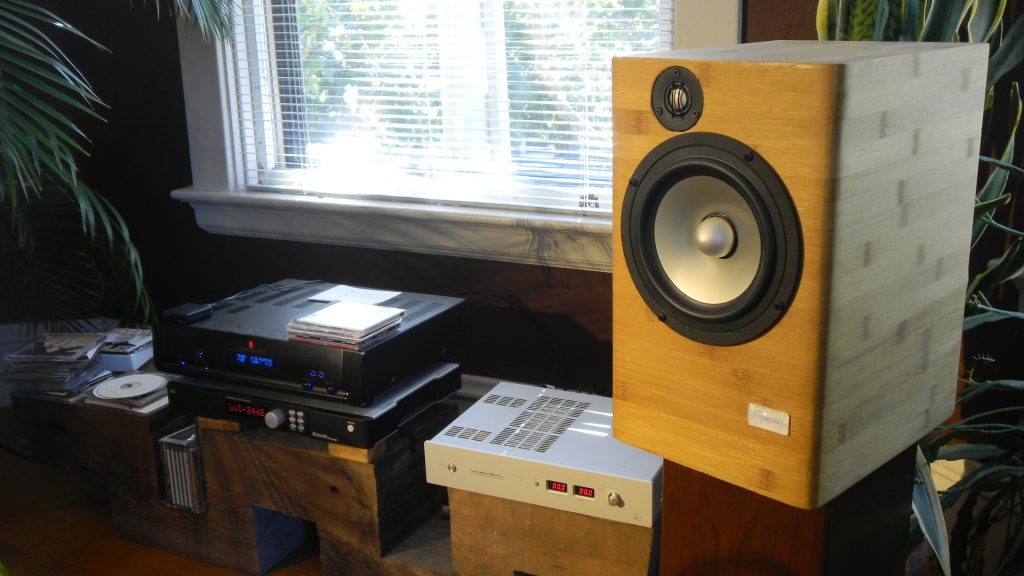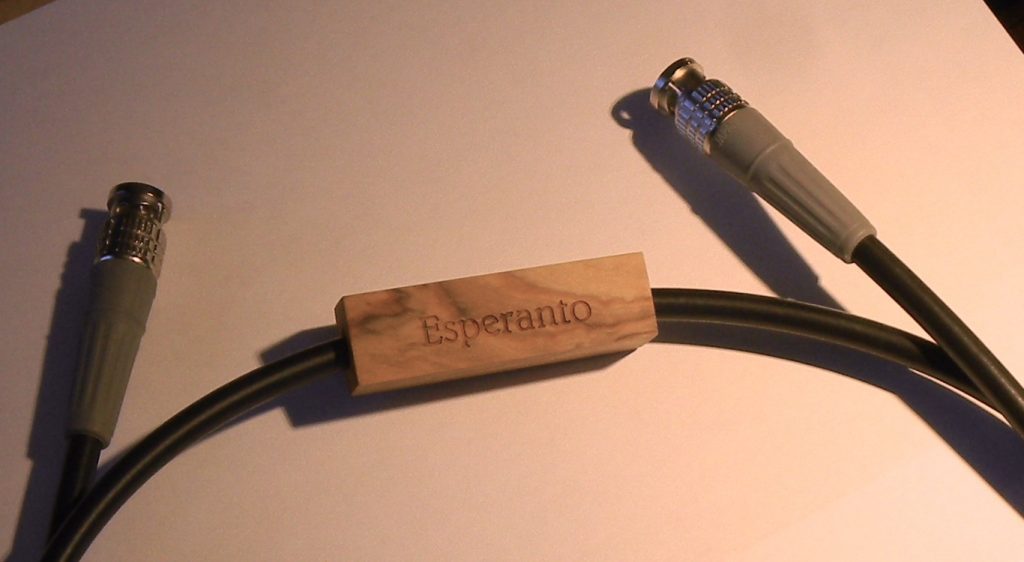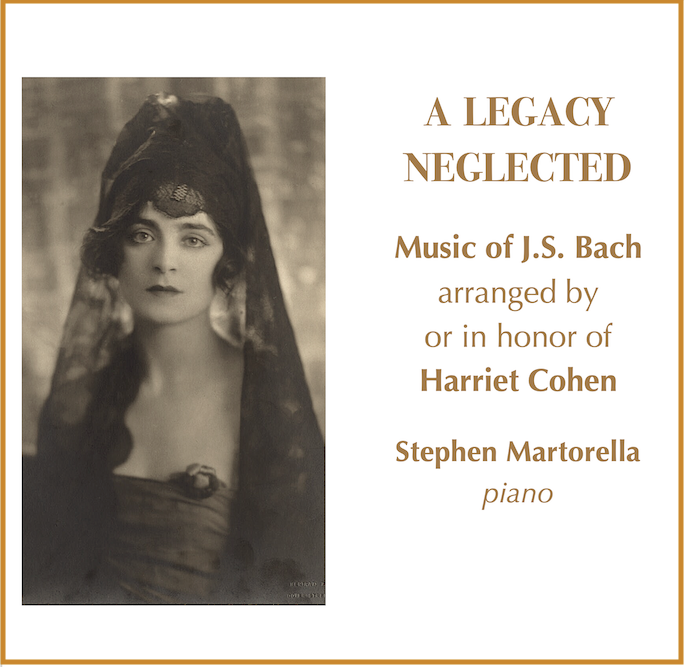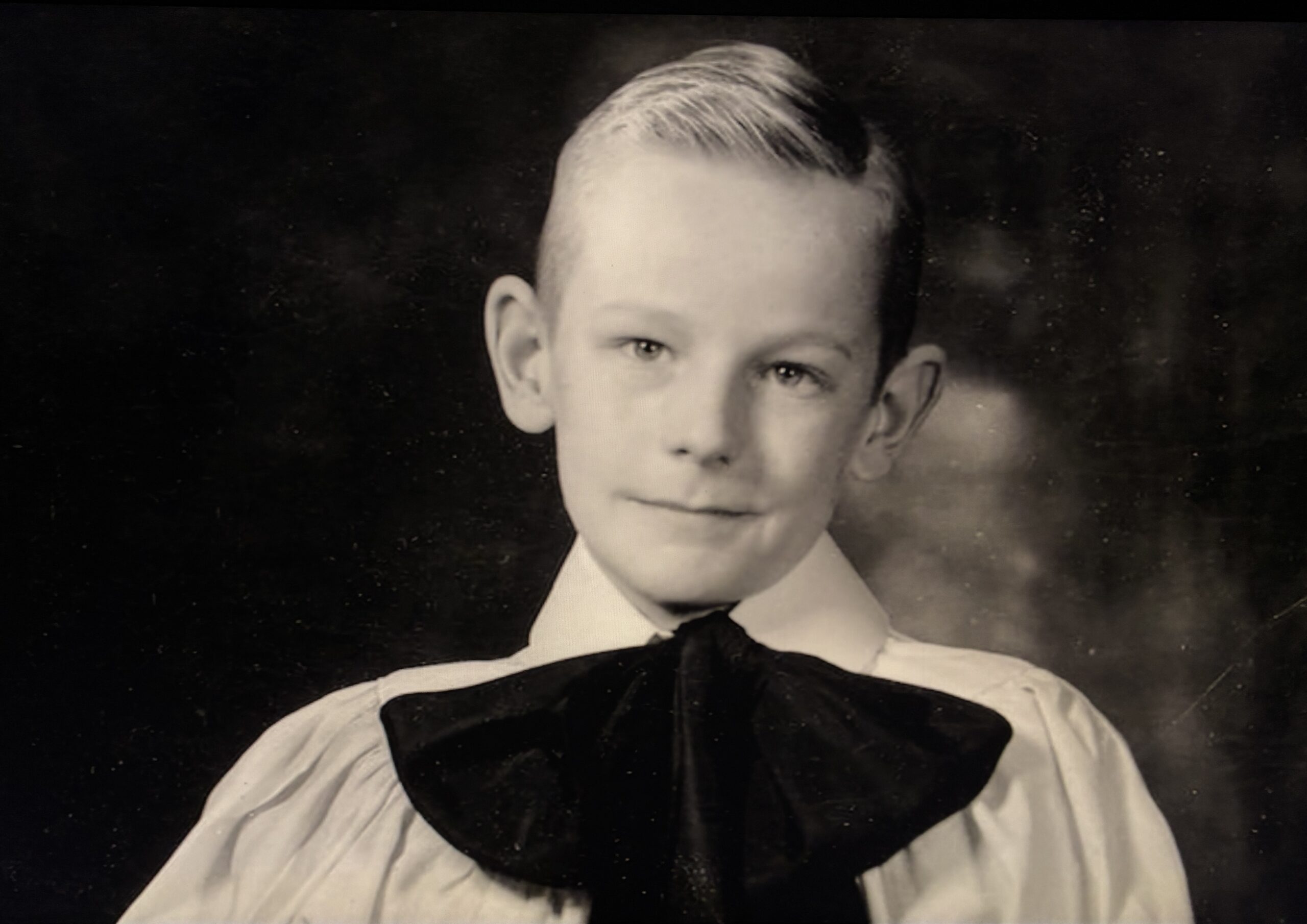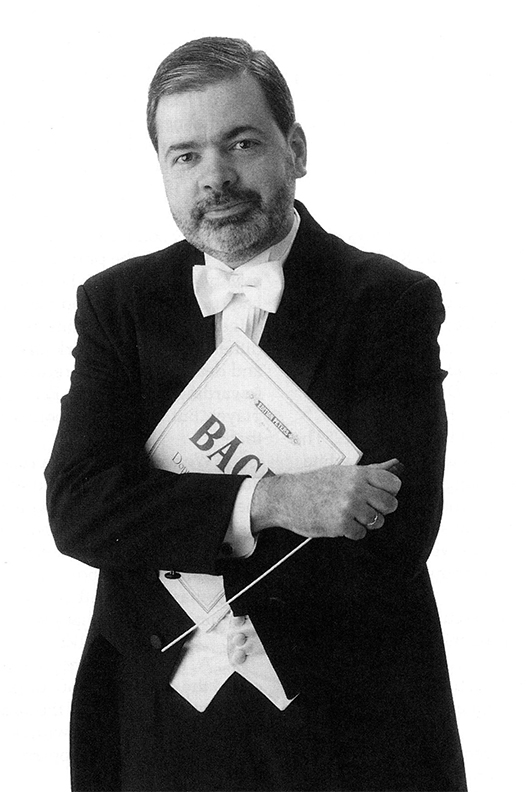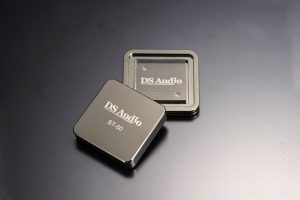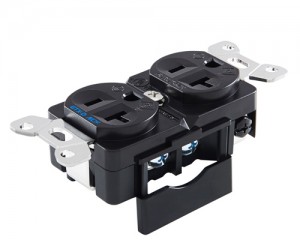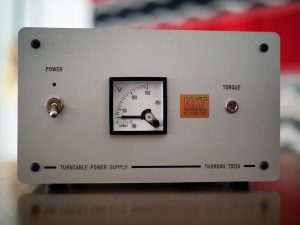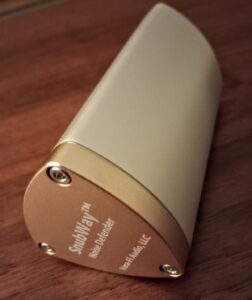This is Part 4 of John Marks six-part series on digitizing LPs. This series is re-published from John's blog site, The Tannhauser Gate. In this set, he is providing his readers and ours with a solid and reasonably-priced way to archive their precious vinyl to digital format.
I commend John's care and attention to detail. Read on if you would like to know more; links to the previous articles are included in the body of this essay.
David W. Robinson, Ye Olde Editor
Berlin the Bear celebrates Christmas with some great audio gear! Photo by John Marks
This is the fourth installment in my series about choosing Pareto-Optimal equipment to make archival digital copies of vinyl LP (long-playing) phonograph records. The first part (an overview) is HERE. Part 2 (Rega's Planar 3 turntable package) is HERE. Part 3 (Graham Slee's Revelation M phono stage) is HERE. This installment covers the conversion of the analog signal from the phono stage into a digital-audio data file.
Unfortunately, as far as I have been able to determine, the various inexpensive solutions for making digital transfers of LPs are inadequate for making archival-quality copies. In this regard, I am not referring to "Best Practices." I am only talking about "Non-Inadequate Practices." I cannot recommend all-in-one "USB Turntable" or "USB Phono Stage" solutions for anything other than their convenience for casually ripping an LP to a CD-R. The reasons for this disinclination on my part appear further down.
The convenience of a turntable that has a USB digital output is obvious (and obviously appealing). However, the engineering shortcoming is that all such devices I have encountered provide only a "CD Quality" output, with only 16-bits of digital resolution. (The same holds true for the phono stages with USB outputs.)
I think there are two reasons for that: first, so the manufacturer can use a less-expensive integrated circuit; and second, so that consumers who are not audio hobbyists can burn a CD-R directly from the resulting audio file, without having to make a format-converted (down sampled) version from a higher-resolution file.
A CD-R burned from a 16-bit file will not necessarily sound bad. However, if the audio needs any post-production work at all—even a minor adjustment in level—resolution will be lost (and, in all likelihood, artifacts will be generated).
The Audio Engineering Society recommends archiving at 24 bits resolution (and, at a sampling frequency of 96kHz). 96kHz sampling may or may not be necessary for making archival transfers of old LPs; but 24-bits of resolution is.
I think that the professional-audio equipment market is a very competitive one, with a well-informed customer base. Therefore, it is perhaps the case that "you get what you pay for" more reliably with professional gear than is the case with consumer audio. (The other side of that coin is that professional-quality gear usually costs more than consumer gear.) So, if an entire turntable package complete with USB digital output costs only $129, you can be sure that after deducting dealer markup and advertising expenses not much money was left to spend on the analog-to-digital conversion function.
The two ways to go about digitizing and archiving the analog output of a phono stage are: a stand-alone digital-audio recorder; or, a computer-audio interface box connected to a computer. (Or; increasingly less frequently, using a computer that is already equipped with a high-quality sound card with analog inputs.)
Stand-alone digital recorders have the advantages of portability, and of not taking up much space—as well as being more straightforward to operate and therefore (perhaps), having less risk of operator error. That said, most likely, you then have to get the audio files over to a computer anyway, whether by wired connection, or via removable memory media such as CF or SD cards. Therefore, for this project, I went with the computer and audio-interface option. That said, if you do want to go with the standalone digital-recorder option, Marantz Professional's PMD561, at $399, is a solid value.
There are many consumer (or pro-sumer) computer-audio digital interfaces available. However, most of them are made for home-studio music production (in the sense of, recording performances of one's own music), rather than archiving existing recordings.
To put it another way, a "computer audio interface" designed so a hobbyist musician can record his own singing and guitar playing will have features you don't need, and most likely lack features that you do need. Especially if the inputs consist only of one microphone input and one electric-guitar input!
Sound Devices' USBPre 2 is the interface box I chose for this project (all things considered, including its price, which is $895 from B&H Photo). That's in part because Sound Devices is dedicated to making portable high-quality sound equipment for location sound recordings for projects such as nature documentaries and television commercials (as well as location-live recordings of music). The requirements of location-live recording are more similar to those of archiving legacy audio formats than they are to the "home studio" market.
More recently, Sound Devices has branched into video recording, but they are still known as the US-made Gold Standard in location-recording audio equipment. I specified a Sound Devices 702 recorder for The First Baptist Church in America almost 10 years ago. It has performed flawlessly ever since. Furthermore, that particular Sound Devices 702 was used to record two commercially-released CDs. One for the Rhode Island chapter of the American Guild of Organists, and the other for the Church itself.
Here's the USBPre 2
The USBPre 2 has 24-bit analog-to-digital converters with sampling rates up to 192kHz. Its preamp design is shared with the company's top-of-the-line 744T digital-audio recorder. The USBPre 2 might look a bit intimidating, but that is in part because it is so fully featured. However, once you set it up between a phono stage's analog outputs (or a line-level signal from a cassette deck or a reel-to-reel tape recorder) and a computer running appropriate software, in daily use the only adjustment needed will be to the Gain controls (to set the recording level). And of course, the Output control (to set the playback level of monitor speakers) or Phones control (to set the playback level of headphones).
Sound Devices gear is legendarily user-friendly. Even so, it was a pleasant surprise to see that there are two headphone jacks: the expected 1/4-inch jack for professional headphones; and, in addition, a 1/8-inch mini jack for consumer headphones and earbuds. There is a front-panel button to make the headphone feed monophonic, for monitoring one channel in both earcups or to check for mono-mixdown compatibility. The USBPre 2 has balanced stereo analog outputs on XLR jacks for powered monitor speakers (or amplifiers with XLR-jack inputs), and single-ended audio outputs on RCA jacks.
The USBPre 2 is a bi-directional device, meaning that you can monitor either its output, the feed coming back from the computer, or a blend of the two. The USBPre 2's best-in-class 23-segment, multicolor LED peak/VU meter can be switched to represent either the converter's level (input), or the computer's (output).
One welcome feature of the USBPre 2 is that in addition to the expected professional microphone and line-level inputs (on pairs of XLR and TRS jacks respectively), it has a pair of RCA phono-plug jacks, as universally used in consumer equipment (which includes all but the ritziest phono stages, some of which have balanced outputs on XLR jacks). So, therefore, no special adapter cables will be needed to connect a phono stage with RCA jacks to the analog-to-digital converter.
Another welcome feature of the USBPre 2 is that it is a hardware-centric device, but which I mean that there are no drivers to install, at least with Macintosh OS 10.5.8 and later. (Users of earlier Apple OS versions and of Windows do get plug-n-play convenience for sampling rates up to 48kHz; but for higher sampling rates, a driver is required.)
Another goof-proof feature is that there are no software-only functions. All controls and settings (above and beyond the front-panel ones) are available on back-panel DIP switches. So, there is no risk that a software control panel lying unnoticed underneath a stack of other windows on your computer's desktop will be set at a setting that is at cross-purposes to whatever it is you are trying to accomplish.
When I sent Steve Daniels, Rega's US importer, the digital transfer I had made using a Rega Planar 3 turntable and the Sound Devices USBPre 2 of an early pressing of the legendary David Oistrakh 1969 Cleveland Orchestra/George Szell Brahms Violin Concerto, Steve's one-word response was "Wow." Here's that LP transfer:
David Oistrakh, Brahms violin concerto; Cleveland May 1969, Mvmt I, the A-major interlude.
Because the Sound Devices USBPre 2 is a full-function professional audio interface, it can also serve as a stand-alone digital-to-analog converter (DAC) for playing back any PCM digital format up to 24/192 from its S/PDIF coaxial, TOSLINK optical, or USB digital inputs. The USBPre 2 can also be used without a host computer, as long as it is connected to a USB power supply.
If I had to quibble about something, it would be that I prefer detented Gain settings; but I recognize that that is a trade-off, with valid arguments on both sides. I also like there to be one detented knob to control both channels' Gain, and a separate Balance control (with a detent at the center) to set differing levels in the two channels, as can be found on Sound Devices' Model 702 recorder. Minor things, both.
If you go to the USBPre 2's B&H Photo product page, there are dozens of extremely favorable reviews by purchasers. There might be less expensive ways to make an archival-quality transfer of an LP (or a reel-to-reel-tape, or a cassette tape), but I don't know of one that sounds as good and that is as good a fit for the job. Most highly recommended.






